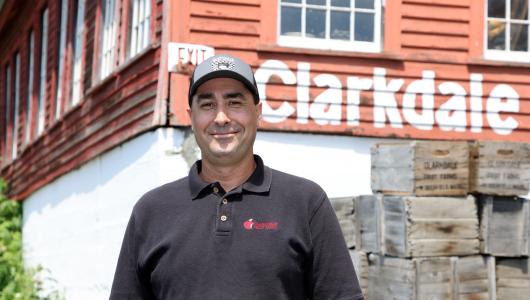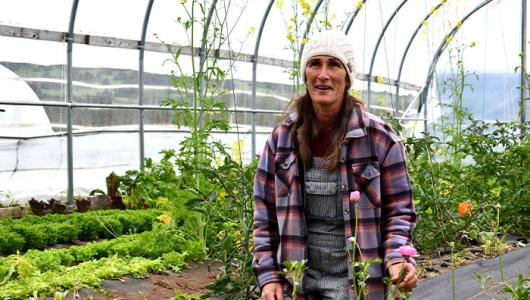This Friday, meet John Wicks, a fourth-generation farmer and owner of Tiber Ridge Organics in Liberty County, Montana. John grew up in North Central Montana on his family’s operation where they grew crops and raised cattle. Now a full-time farmer, John took over the operation and gradually transitioned to growing organically.
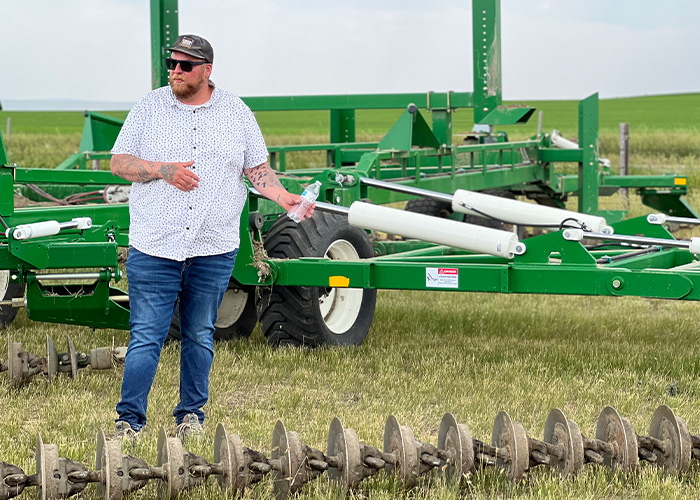
Growing Good Yields
John started his own herd of six cows at the age of 12 with a youth loan from USDA’s Farm Service Agency (FSA). He ran his cows with his dad, and together, they took care of the operation.
“I’ll never forget that feeling of doing an FSA loan and writing my first check,” John said.
After graduating, John went off to school and eventually became a machinist. However, he couldn’t shake the feeling that there was something missing and decided to go back to school to study agriculture. “I moved back to the farm after my father passed away, but I knew that this is what I wanted to do,” he said.
In 2021, John started to notice that while he was getting good yields with conventional farming, the operating costs were starting to take their toll. The input cost per acre increased each season, the cost of fuel and fertilizer was becoming exorbitant, and labor costs were rising.
John started experimenting with organic farming in 2016 and realized it was subsidizing the rest of the farm with less risk and lower costs. Compared to his conventional acreage, it didn’t take a lot of yield to break even on the input cost per acre. Additionally, without the added costs of spraying fertilizer, herbicide, or pesticides, he wasn’t driving over the field as often, which cut back on fuel expenses.
“I really started to learn how to farm,” he said. “I can’t always look to agronomists, I had to know for myself. I gained a deeper understanding of how crops affected the ground. Mainly, it was just a lot more fun to try new things and running different equipment.”
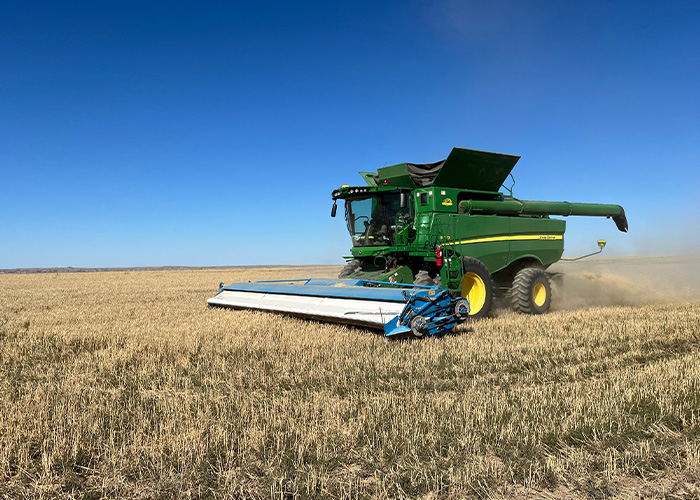
Working with USDA
John’s operation became fully certified organic in 2022. Utilizing cover crops and no-till farming, he grows wheat, barley, yellow peas, flax, Kamut, spelt, millet, chickpeas, lentils, einkorn, pumpkins, and sunflowers. John regularly monitors his soil looking for ways to keep it healthy. When issues arise, he picks a crop to plant that would best address the concern.
John worked with his local USDA Natural Resources Conservation Service office over the years to implement several conservation practices through the Environmental Quality Incentives Program and Conservation Stewardship Program, including conservation crop rotation, cover crop, nutrient management, and no till.
When John first transitioned to organic, he farmed half his operation as organic one year and the other half as organic the next year to offset his expenses. He slowly bought the equipment he needed and sold what he didn’t.
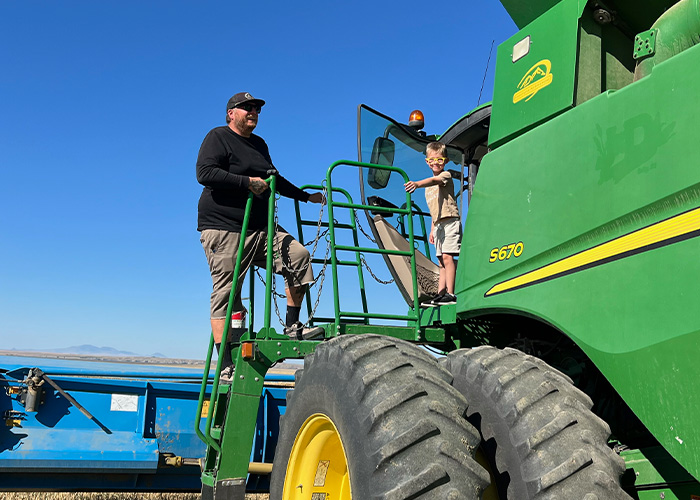
The Transitional and Organic Grower Assistance Program, overseen by USDA’s Risk Management Agency, provided John with premium support for the 2023 crop year that gave him the protection to step into organic farming with confidence. Although the transition was challenging, John remained focused and motivated.
“I just want to show people that this is possible and that you could do these different things,” said John. “Change the way that you are looking at each issue and each cost. This type of ag is not only possible, but it will help you thrive.”
FSA assisted John along the way. Operating loans helped with John’s farm expenses and provided flexibility to purchase needed equipment, cover operating costs, and lease more land.
Additionally, he installed hopper bottom storage bins with FSA’s Farm Storage Facility Loan program, which provides low-interest financing so producers can build or upgrade permanent and portable storage facilities and equipment.
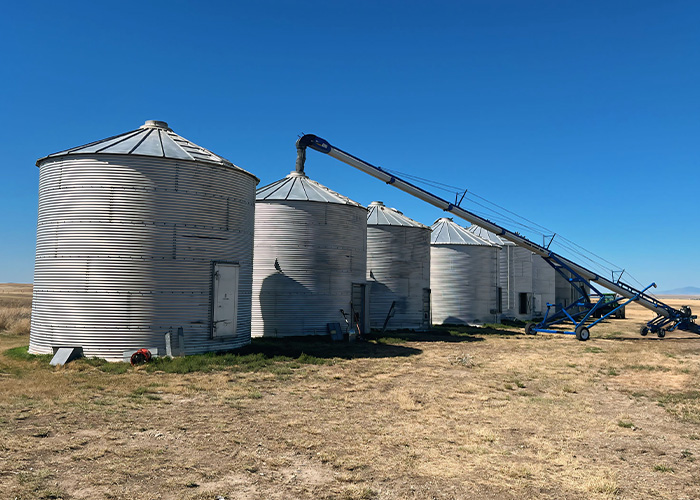
John is serving his third term as a member of his local FSA County Committee. Committee members are elected by their peers to serve as a direct link between the agricultural community and USDA. They help deliver FSA farm programs at the local level, and work to make federal farm programs serve the needs of local producers.
"USDA programs gave me a little bit of freedom to try new things that I wanted to implement,” said John. “It’s progressive on your farm.”
More Information
Visit local farms, ranches, forests, and resource areas through our Fridays on the Farm stories. Meet farmers, producers, and landowners who are working to improve their operations with USDA programs.
USDA offers a variety of risk management, disaster assistance, loan, and conservation programs to help producers weather ups and downs in the market and recover from natural disasters as well as invest in improvements to their operations. Learn about additional programs.
For more information about USDA programs and services, contact your local USDA service center.
Elise Gaboury is a communications coordinator for FSA in Montana.

